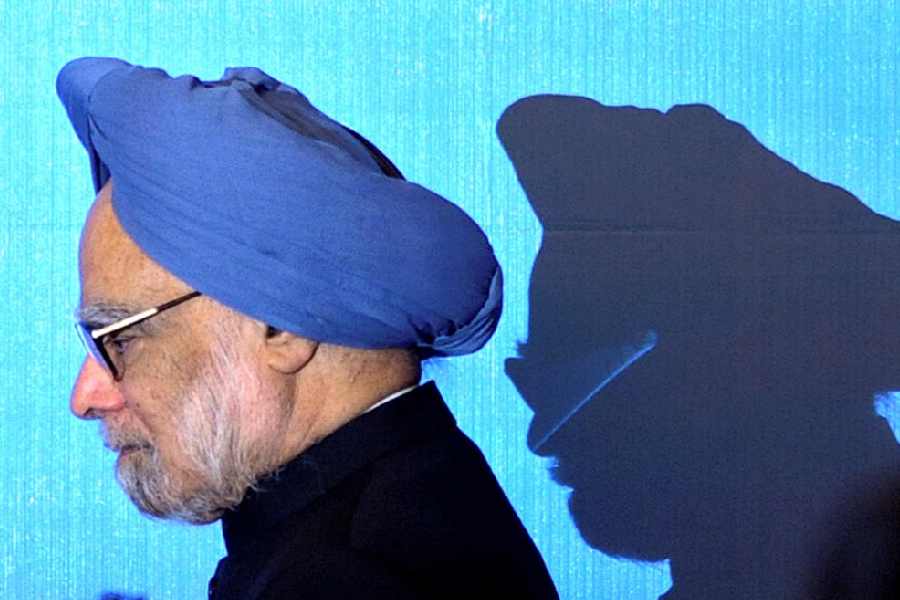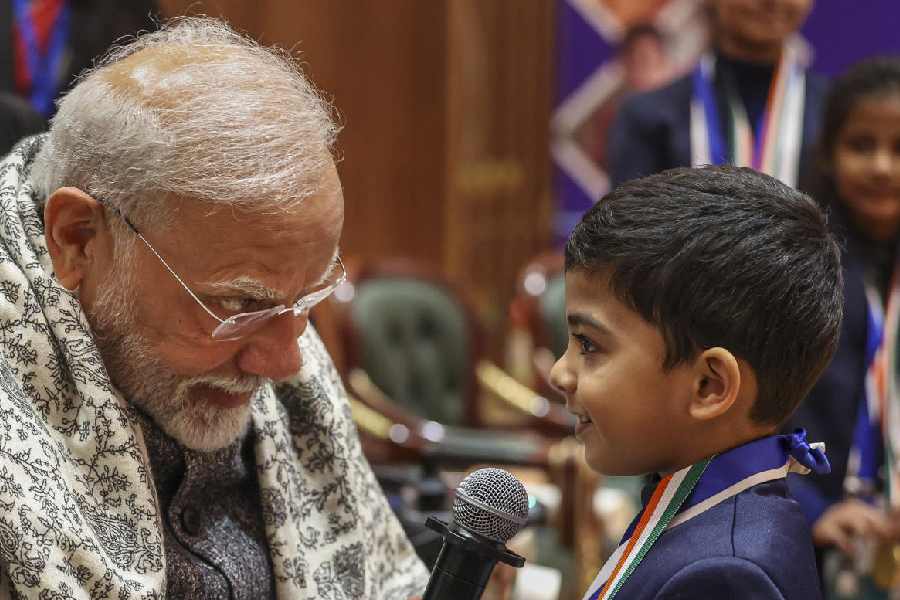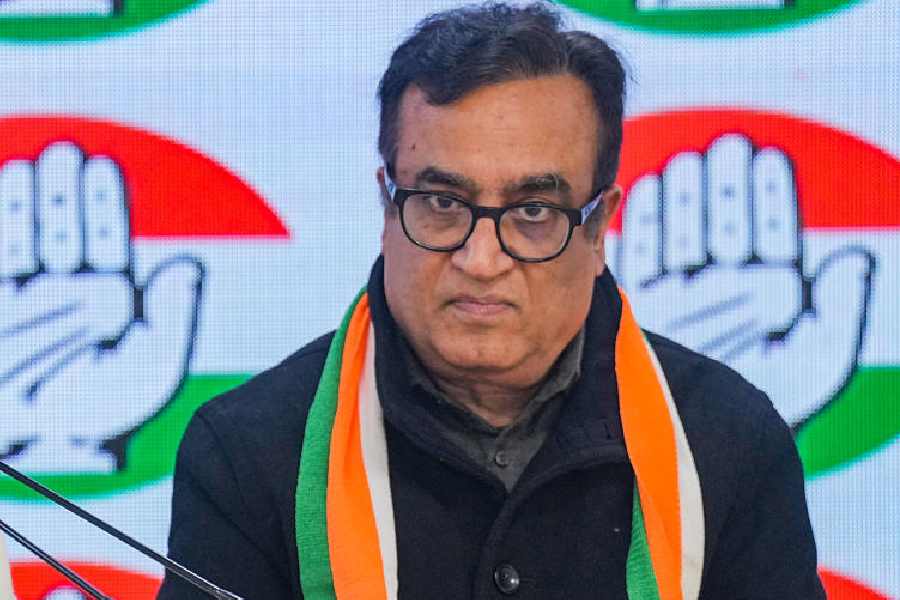The shortfall in economic growth in the April-June quarter against rosier predictions of most, including the central bank, came as a surprise.Few anticipated the gap between expected and actual performance would be as much (2.5-3 percentage points). It has prompted a tide of downward revisions for the whole year; these follow a previous round, two months ago, due to inflation, higher interest rates, and geopolitical factors. Comparisons have, therefore, been drawn with 2019-20, the pre-pandemic year, in which growth forecasts were regularly disproved each quarter while final GDP grew at 3.8%, almost half the initial prediction. Much before the data release, the possibility of repeat growth downgrades in a worsening context was apprehended and it was discussed here that economic resilience could be tested given the toughening conditions in the forthcoming months. Since then, the cracks have become more apparent while the headwinds are blowing with greater force. There are hard realities that growth expectations must reckon with.
That economic improvement over the initial base, that is before Covid-19, was weak has been routinely noted by many. A disturbing aspect of economic performance in the first quarter is a sequential contraction of almost every portion of aggregate demand; the shrinkages exceed the normal reductions observed each summer season in the past several years. It is not certain if this represents a struggling recovery even before full restoration and it increases uncertainty about the future outlook. The economic fallout of the Russia-Ukraine war took a further toll on prices and volumes — the already-high inflation got fresh impetus from a sharp energy shock and rocketing food prices, as result of which real GDP grew at the same rate as that of inflation(GDP deflator, in this instance). World trade got a knock from dimming demand and disruptions abroad, feeding back to slower exports. Spending by consumers, businesses and government was also lowered in different magnitudes as compared to the January-March period.
The corresponding weakness on the production side is seen in the sequential falls in manufacturing, construction, trade, hospitality, transport, and communication services’ segments — the more informal parts of the economy and traditionally job-rich for unskilled and semi-skilled persons. Worryingly, the trade, hospitality, transport category is still 84.5% of its size in April-June 2019, while the construction sector has barely risen above. These signs raise multiple questions from manifold perspectives. For example, the permanence of the damages to output in these segments, the impact of technology adoptions, and structural transformations, such as physical-to-online shifts, that the pandemic is believed to have accelerated as well as the overall strength of consumption demand. These are significant from the standpoint of prospective growth and policy responses.
The big picture is of an uncertain economic revival that is also partial because substantial parts of the services’ economy lagged behind in the first quarter. However, we are now nearing the end of the next one and many services not functional then may now be operational or more active, while the inception of festival months will add further to uplift growth. Note, though, that these advancements will take place in far more disturbed settings that verge on the risky.
There’s significant worsening abroad with monetary policy in the United States of America as the fulcrum of major realignments that raise the probabilities of financial shocks. The reversal of decades of low inflation and interest rates, which allowed easy borrowings, endangers debt sustainability, besides impacting currency values, financial stabilities and economic recoveries across countries. Global inflation is yet to subside, energy shocks continue radiating to other prices, and major central banks, except that of China, have decided to significantly raise rates and keep them there to restrain growth and put down inflation. Slowing growth of world output is thus anticipated to decelerate faster as demand is hurt by rising prices and interest rates, extended Chinese lockdowns, the euro zone’s multiple economic and political difficulties that defy easy resolutions, among other factors.
Even though it is often reasoned that the Indian economy isn’t as exposed and grows on the strength of its domestic demand, it cannot escape the consequences of global economic woes despite the advantage of lesser foreign demand dependence than many other emerging market economies. The apprehensions of slower export growth, possible external financing difficulties from a widening current account deficit, increased financial volatility risks and that of macroeconomic instability are all too real and need attention.
The trajectory of domestic demand isn’t straightforward or smooth either. Private consumer spending, which has recovered insufficiently with significant damages at the bottom-of-the-pyramid, is likely to be hurt some more by the weakening of exports, inflation and costlier funding. Indications of uneven recovery have persisted into this quarter, could extend ahead, while it remains to be seen if the lower-income segments get back on their feet without government help. Given the external demand shock and tepid revival of the domestic counterpart,private investment is at risk too; this could get delayed or even thwarted.
This brings into focus the role of government spending, which has been prominent in supporting the economy through the pandemic and driving the recovery from it as well. In a worsened configuration, however, the capacity to expand its scope for growth support is severely circumscribed by inflation,elevated public debt and a spare fiscal situation. With monetary policy committed to inflation control, the implications are that macroeconomic policies can no longer replace the private growth drivers in any significant measure. In a context of fundamental global shifts, pursuing prudent and credible policies are the best and, in fact, the only way to steer a sustainable pathway to growth.The tough reality is that the economy could be out on a limb should its private side — consumers and producers or households and businesses — fail to reach a critical mass that self-perpetuates growth. Solid evidence on consumption recovery, such that it draws in new investments and the two take the baton from government spending, is yet to be seen. The red flags indicate that being alert to further wobbles in growth is not an unreasonable proposition.
(Renu Kohli is a macroeconomist)











